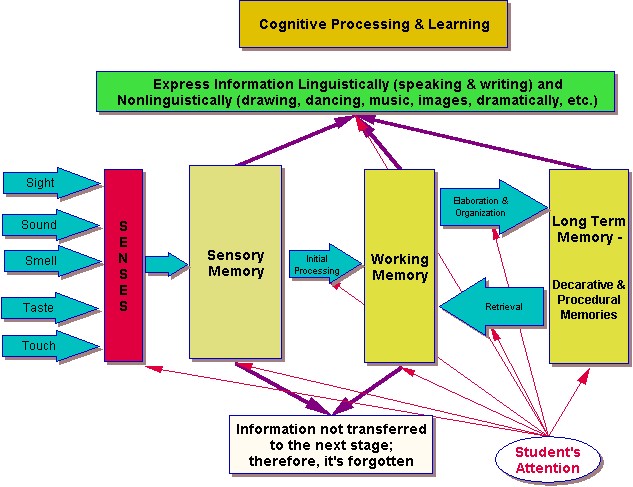Strategies to Strengthen Memory Skills in Your Students with Autism
31st March 2023

When it comes to remembering assignment submissions, following directions, or completing a certain task, you might have often heard the same response from your students-"I forgot!". Well, this can be frustrating especially if you have to remind them over and over again. However, have you ever thought that this can be a serious issue and that your student might need help?
Short-term memory problems are common among students, and this can affect their academic performance. As a teacher, it is important to adopt effective memory strategies for special needs students that will support students with short-term memory problems. Stay tuned to learn about some teaching techniques that can be used to help students with short-term memory problems.
8 Working Memory Boosters To Help Struggling Students

Here are some ways to improve memory for learners with special needs:
- Chunking
Chunking is a teaching strategy that involves breaking down information into smaller manageable units. This strategy can be helpful for students with short-term memory problems as it makes information easier to remember.
For example, if you are teaching a student a new concept, you can break it down into smaller parts and teach each part separately. Once the student has understood each part, you can then put the parts together to form the complete concept.
- Visual Aids
Visual aids such as diagrams, pictures, and videos can be very helpful for students with short-term memory problems. These aids can help students to visualize and remember information better.
For example, if you are teaching a student about the different parts of a cell, you can use a diagram to show the different parts and how they are connected. This can make it easier for the student to remember the information.
- Repetition
Repetition is a powerful teaching strategy that can be used to help students with short-term memory problems. This strategy involves repeating information multiple times until it is fully understood and remembered.
For example, if you are teaching a student the multiplication table, you can repeat it several times until the student has fully memorized it.
- Mnemonics
Mnemonics are memory aids that allow students to retain information. Mnemonics can be in the form of acronyms, rhymes, or other memorable phrases. The sillier the acronyms are, the more likely your student is to remember what it stands for.
For example, to remember the order of operations in math (Parentheses, Exponents, Multiplication and Division, and Addition and Subtraction), students can use the acronym PEMDAS.
- Multisensory Learning
Multisensory learning involves using different senses to learn and remember information. This strategy can be helpful for students with short-term memory problems as it engages multiple senses, making it easier to remember information.
For example, if you are teaching a student a new vocabulary word, you can ask them to say the word out loud, write it down, and create a picture that represents the word.
- Active Learning
Active learning involves engaging students in the learning process. This strategy can be helpful for students with short-term memory problems as it helps to keep them engaged and focused.
For example, instead of simply lecturing, you can engage students in group discussions, role-playing, or problem-solving activities.
- Scaffolded Learning
Scaffolded learning involves breaking down complex tasks into smaller, more manageable steps. This strategy can be helpful for students with short-term memory problems as it makes it easier for them to understand and remember information.
For example, if you are teaching a student how to write an essay, you can break the process down into smaller steps such as brainstorming, outlining, writing a draft, and editing.
- Timely Feedback
Timely feedback is important for students with short-term memory problems as it helps them to remember information better. Feedback should be provided immediately after a task is completed.
This helps the student to remember what they did well and what they need to improve on. For example, if a student is working on a math problem, you can provide feedback immediately after they have completed the problem.
Extend The Helping Hand
There is no one strategy that is going to work for all your students. Thus, the more ideas you can incorporate the better your teaching becomes. As educators, you should also instruct the parents about their role in helping their children learn better. Make the classroom a space that introduces numerous strategies thereby increasing your chances of catering to every need of the students. Furthermore, you can also consider pursuing autism courses online to learn about the best ways to deal with memory issues and reduce the frustration that comes when your student is simply not listening.

